Being a savvy shopper when it comes to buying sunscreen should be a little easier this summer, thanks to new sunscreen regulations implemented by the U.S. Food and Drug Administration (FDA). Dermatologists believe that the new labeling requirements will take the guesswork out of choosing an effective sunscreen with the best sun protection.
Sunscreen labels now are required to provide consumers with information about whether a sunscreen will protect against skin cancer in addition to sunburn. New labels will also indicate whether or not the product is water resistant. Makeup and moisturizers containing sunscreen that meets the FDA’s testing standards also will include this new information on their labels. All sunscreen products that do not pass the new FDA testing requirements will include warning labels specifying their sun-protective limitations.
“Sunscreen has always been an important tool in the fight against skin cancer, and these new regulations will greatly improve the consumer’s ability to make smart decisions – at a glance – about a product’s effectiveness simply by reading the label,” said board-certified dermatologist Zoe D. Draelos, MD, FAAD, consulting professor at Duke University School of Medicine, Durham, N.C. “Everyone, regardless of skin color, can get skin cancer, which is why it is important for people to properly protect themselves from the sun’s harmful rays.”
On the label, you’ll see whether the sunscreen:
- Is Broad Spectrum, which means the sunscreen protects against UVB and UVA rays and helps prevent skin cancer and sunburn.
- Has a Sun Protection Factor (SPF) of 30 or higher. While SPF 15 is the FDA’s minimum recommendation for protection against skin cancer and sunburn, the American Academy of Dermatology recommends choosing a sunscreen with an SPF of at least 30.
- Has a Skin Cancer/Skin Aging Alert in the Drug Facts section of the label, which means the sunscreen will only prevent sunburn and will not reduce the risk of skin cancer and early skin aging.
- Is Water Resistant for up to 40 minutes or 80 minutes, which means the sunscreen provides protection while swimming or sweating up to the time listed on the label.
o Sunscreen manufacturers now are banned from claiming that a sunscreen is “waterproof” or “sweat proof,” as the FDA has determined that those terms are misleading.
With the new regulations, the FDA has clearly defined the testing required for a sunscreen to be labeled as “broad-spectrum.” For a sunscreen to carry the claim that it can help prevent skin cancer and early skin aging in addition to sunburn, it must offer both broad-spectrum coverage and an SPF of 15 or higher. If not, the label will carry the Skin Cancer/Skin Aging Alert.
To reduce your risk of skin cancer and early skin aging, the American Academy of Dermatology recommends everyone choose a sunscreen that states on the label:
- Broad spectrum
- SPF 30 or higher
- Water resistant, up to either 40 or 80 minutes
To help consumers better understand the new sunscreen labeling requirements, the American Academy of Dermatology (Academy) has developed a “How to Select a Sunscreen” infographic that can be viewed and downloaded on the Academy’s website.
At current rates, 1 in 5 Americans will be diagnosed with skin cancer in their lifetime. In addition to sunscreen, the Academy recommends wearing protective clothing, seeking shade, avoiding tanning beds. If you notice anything changing, itching or bleeding on the skin, see a board-certified dermatologist.
SCHAUMBURG, Ill. (May 6, 2013)
